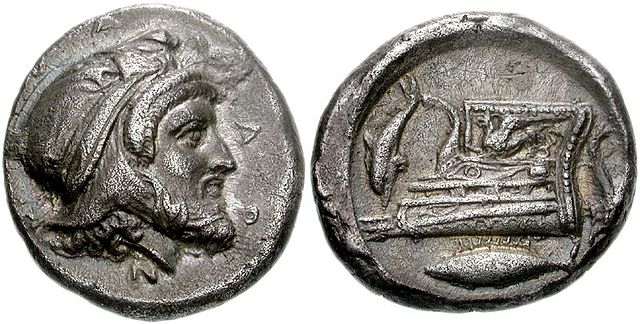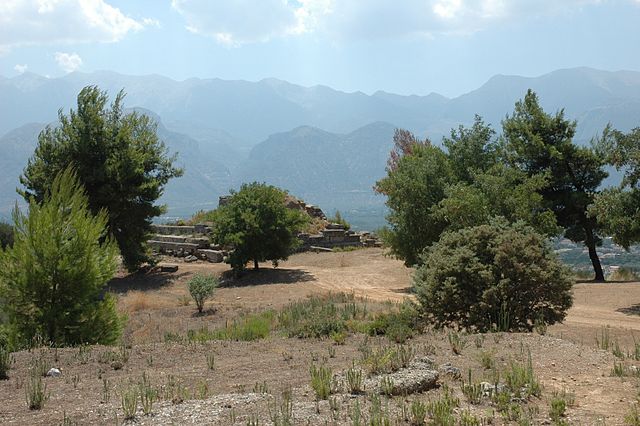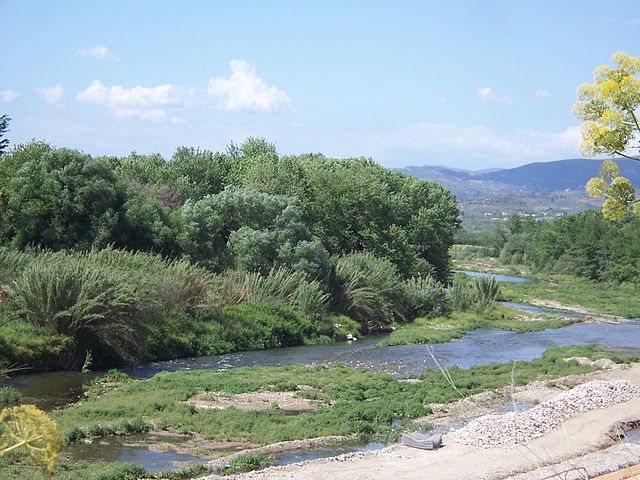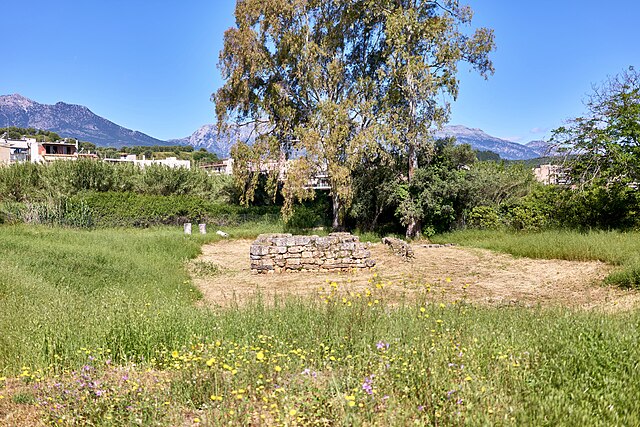The Corinthian War was a conflict in ancient Greece which pitted Sparta against a coalition of city-states comprising Thebes, Athens, Corinth and Argos, backed by the Achaemenid Empire. The war was caused by dissatisfaction with Spartan imperialism in the aftermath of the Peloponnesian War, both from Athens, the defeated side in that conflict, and from Sparta's former allies, Corinth and Thebes, who had not been properly rewarded. Taking advantage of the fact that the Spartan king Agesilaus II was away campaigning in Asia against the Achaemenid Empire, Thebes, Athens, Corinth and Argos forged an alliance in 395 BC with the goal of ending Spartan hegemony over Greece; the allies' war council was located in Corinth, which gave its name to the war. By the end of the conflict, the allies had failed to end Spartan hegemony over Greece, although Sparta was durably weakened by the war.

Athenian cavalryman Dexileos fighting a Peloponnesian hoplite in heroic nudity, in the Corinthian War. Dexileos was killed in action near Corinth in the summer of 394 BC, probably in the Battle of Nemea, or in a proximate engagement. Grave Stele of Dexileos, 394–393 BC.
Tens of thousands of Darics, the main currency in Achaemenid coinage, were used to bribe the Greek states to start a war against Sparta.
Tetradrachm of the satrap Pharnabazus II, with the prow of a galley on the reverse. He was victorious against Sparta at Cnidus
Tridrachm minted by Kyzikos, probably in 394 BC. The obverse with Herakles killing snakes is inspired from Theban design, and likely directed against the Spartan hegemony. The inscription ΣYN stands for symmachia, meaning alliance.
Sparta was a prominent city-state in Laconia in ancient Greece. In antiquity, the city-state was known as Lacedaemon, while the name Sparta referred to its main settlement on the banks of the Eurotas River in the Eurotas valley of Laconia, in south-eastern Peloponnese. Around 650 BC, it rose to become the dominant military land-power in ancient Greece.
Hollow Lacedaemon. Site of the Menelaion, the ancient shrine to Helen and Menelaus constructed in the Bronze Age city that stood on the hill of Therapne on the left bank of the Eurotas River overlooking the future site of Dorian Sparta. Across the valley the successive ridges of Mount Taygetus are in evidence.
Eurotas River
The theater of ancient Sparta with Mt. Taygetus in the background.
Ruins of the Temple of Artemis Orthia








